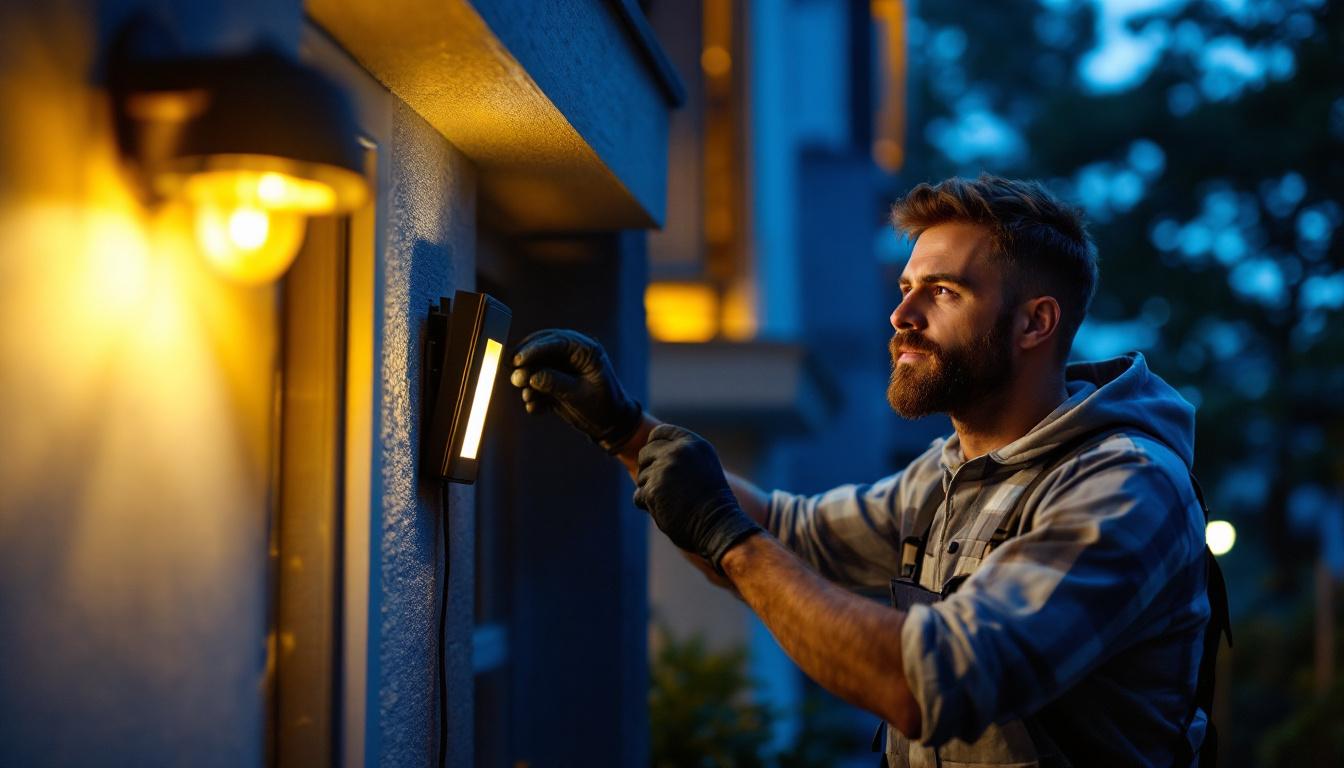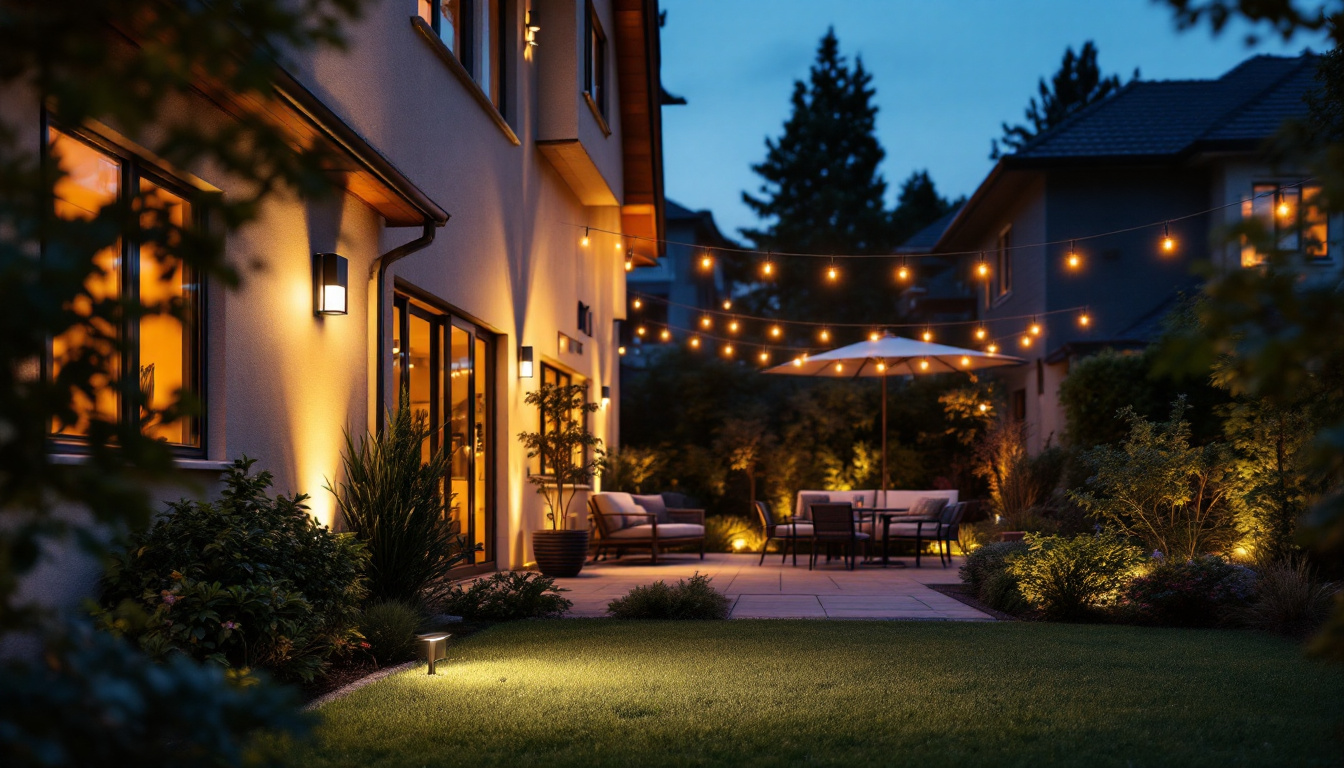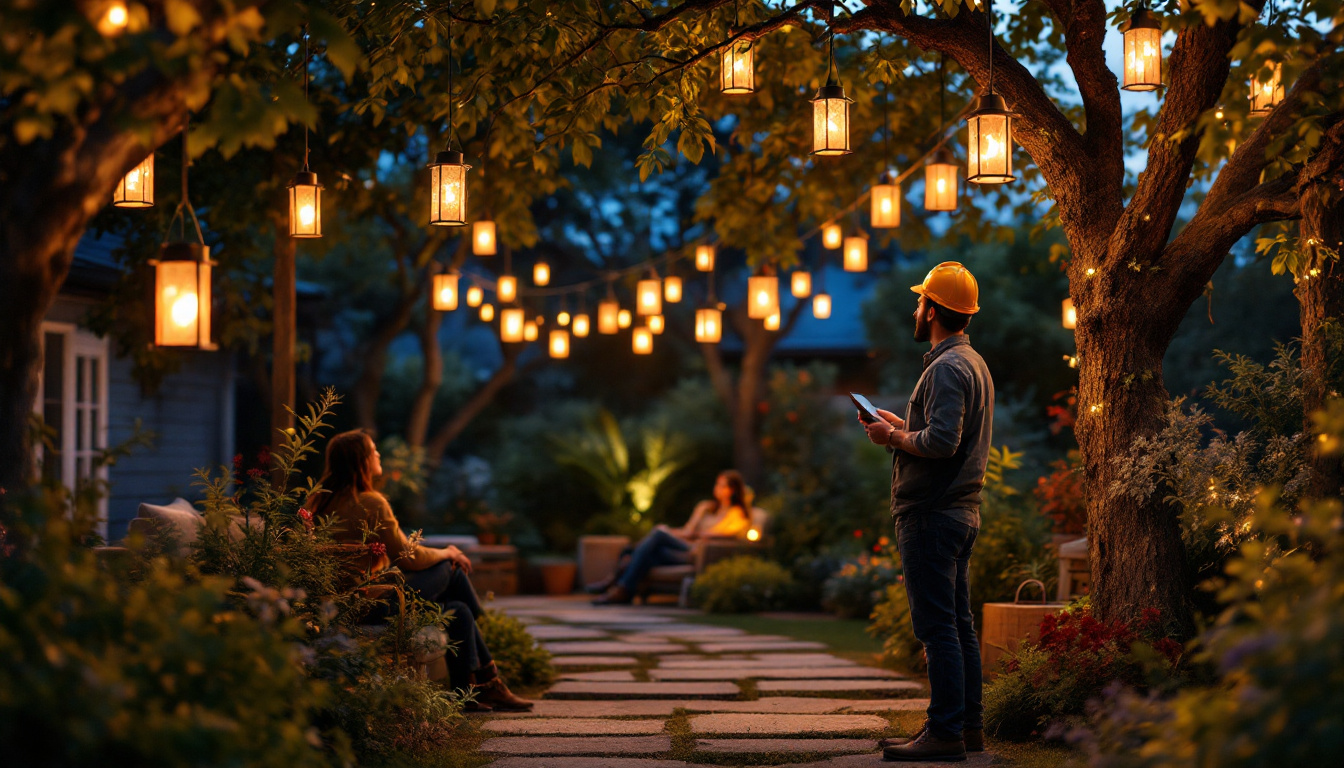
In the ever-evolving world of lighting design, decorative LED lamps have emerged as a popular choice among contractors and designers alike. Their versatility, energy efficiency, and aesthetic appeal make them an attractive option for various applications. However, with a plethora of alternatives available, it is crucial for lighting contractors to make informed decisions that best suit their projects. This article delves into the advantages of decorative LED lamps compared to traditional lighting options and explores what contractors should consider when making their selection.
Decorative LED lamps are designed not only to illuminate spaces but also to enhance the overall aesthetic of a room. They come in various styles, shapes, and colors, allowing for creativity in design. From vintage-inspired filament bulbs to sleek modern fixtures, decorative LEDs can complement any interior or exterior setting. The versatility of these lamps means they can be integrated into a wide range of design themes, whether it’s a rustic farmhouse, a contemporary loft, or a chic urban café. This adaptability makes them a favorite among interior designers and homeowners alike, who appreciate the ability to tailor lighting to suit their unique tastes and preferences.
These lamps utilize light-emitting diodes (LEDs) as their light source, which are known for their longevity and energy efficiency. Unlike traditional incandescent or fluorescent bulbs, LED lamps consume significantly less energy, reducing operational costs and environmental impact. This makes them an appealing option for contractors looking to provide sustainable solutions. Moreover, the technology behind LED lighting has advanced rapidly, allowing for features such as dimming capabilities and color temperature adjustments, which can further enhance the user experience by allowing individuals to customize their lighting according to the time of day or activity.
One of the primary advantages of decorative LED lamps is their energy efficiency. They consume up to 80% less energy than incandescent bulbs, translating to lower electricity bills for clients. Additionally, the lifespan of LED lamps can exceed 25,000 hours, significantly reducing the frequency of replacements and maintenance costs. This durability is especially beneficial in commercial settings, where lighting needs to be reliable and consistent to create a welcoming atmosphere for customers and employees alike.
Another benefit is the variety of design options available. Decorative LED lamps can serve as statement pieces, drawing attention and enhancing the ambiance of a space. They can be used in various settings, from residential homes to commercial establishments, making them a versatile choice for contractors. Furthermore, many decorative LED lamps now come with smart technology integration, allowing users to control their lighting remotely through apps or voice commands. This added functionality not only provides convenience but also opens up new possibilities for creating dynamic lighting scenarios that can adapt to different moods or occasions, further elevating the overall experience of any environment.
While decorative LED lamps offer numerous advantages, it is essential to compare them with traditional lighting options to understand their unique benefits and limitations. Traditional lighting options include incandescent, halogen, and fluorescent lamps, each with its own characteristics.
Incandescent lamps have been a staple in lighting for decades. They produce a warm light that many find appealing, but they are notoriously energy-inefficient. Incandescent bulbs convert only about 10% of the energy they consume into visible light, with the rest lost as heat. In contrast, decorative LED lamps provide similar warmth but with significantly lower energy consumption. The aesthetic appeal of incandescent lighting has led to its continued use in homes and restaurants, where ambiance is paramount; however, the rising costs of electricity are prompting many to seek alternatives.
Halogen lamps, a type of incandescent bulb, offer improved efficiency and a longer lifespan than traditional incandescent bulbs. However, they still fall short compared to LED technology. Halogen lamps also emit a considerable amount of heat, which can be a concern in enclosed spaces. This heat production not only contributes to higher cooling costs in warmer months but also raises safety concerns, especially in settings where the bulbs are in close proximity to flammable materials. As a result, while halogen lamps may provide bright, crisp light, their drawbacks make them less favorable in many modern applications.
Fluorescent lamps are another alternative that has been widely used in commercial settings. They are more energy-efficient than incandescent bulbs and have a longer lifespan. However, they often produce a harsh light that may not be suitable for decorative purposes. Additionally, fluorescent lamps contain mercury, which poses environmental hazards during disposal. The flickering effect commonly associated with fluorescent lighting can also lead to discomfort for some individuals, particularly in spaces where prolonged exposure occurs, such as offices and schools.
In contrast, decorative LED lamps provide a more appealing light quality while being free of harmful substances. This makes them a safer and more environmentally friendly choice for contractors and clients alike. Moreover, many decorative LED options come with adjustable color temperatures and dimming capabilities, allowing users to customize their lighting to suit different moods and occasions. This versatility not only enhances the aesthetic of a space but also contributes to energy savings, as users can tailor the lighting to their specific needs, further solidifying the case for LED technology in both residential and commercial environments.
When selecting lighting solutions for projects, contractors must consider several factors to ensure they choose the best options for their clients. These considerations include energy efficiency, design aesthetics, installation requirements, and long-term costs.
Energy efficiency is a primary concern for many clients, especially those looking to reduce their carbon footprint and operational costs. Decorative LED lamps excel in this area, offering significant savings on electricity bills. Contractors should highlight these benefits to clients, emphasizing the long-term cost savings associated with LED technology.
Additionally, many regions offer incentives for using energy-efficient lighting solutions, which can further reduce upfront costs for clients. Understanding local regulations and available incentives can help contractors provide comprehensive solutions that appeal to environmentally conscious clients.
The aesthetic appeal of lighting plays a crucial role in design projects. Decorative LED lamps come in a wide range of styles, allowing contractors to choose options that align with the overall design vision. Whether a project calls for vintage charm or sleek modernity, there is likely an LED solution that fits the bill.
Contractors should also consider the color temperature of the lamps they choose. Decorative LEDs are available in various color temperatures, from warm white to cool daylight, enabling them to create the desired ambiance in any space.
Installation requirements can vary significantly between different lighting options. Decorative LED lamps are generally straightforward to install, often fitting into standard fixtures without the need for specialized equipment. However, contractors should be aware of the specific installation guidelines for each product to ensure optimal performance.
One of the most significant advantages of decorative LED lamps is their longevity. With a lifespan of up to 25,000 hours, these lamps require less frequent replacements compared to traditional options. This not only reduces maintenance efforts but also minimizes waste, making them a more sustainable choice.
Contractors should communicate these benefits to clients, emphasizing the reduced need for maintenance and the associated cost savings over time. This can be a compelling selling point when discussing lighting options.
The lighting industry is continually evolving, with new technologies and trends emerging regularly. Staying informed about these trends can help contractors make better choices for their projects and clients.
Smart lighting technology is gaining traction, allowing users to control their lighting remotely through smartphones and smart home systems. Decorative LED lamps are increasingly being designed to integrate with smart technology, offering enhanced convenience and customization options for users.
Contractors should consider incorporating smart lighting solutions into their projects, as they appeal to tech-savvy clients looking for innovative features. This can also set contractors apart from competitors who may not offer such options.
As sustainability becomes a more pressing concern, the demand for eco-friendly lighting solutions is on the rise. Decorative LED lamps are inherently more sustainable than traditional options, but manufacturers are also exploring new materials and production methods to further reduce their environmental impact.
Contractors should keep an eye on these innovations, as they can provide additional selling points to clients who prioritize sustainability. Highlighting the eco-friendly aspects of decorative LED lamps can enhance their appeal in a market increasingly focused on green solutions.
In conclusion, decorative LED lamps offer numerous advantages over traditional lighting options, making them an excellent choice for lighting contractors. Their energy efficiency, aesthetic appeal, and low maintenance requirements position them as a leading option in the market. However, it is essential for contractors to consider various factors, including energy efficiency, design aesthetics, installation requirements, and emerging trends, when selecting lighting solutions for their projects.
By staying informed about the latest developments in the lighting industry and understanding the unique benefits of decorative LED lamps, contractors can make informed decisions that meet their clients’ needs and preferences. Ultimately, the choice of lighting can significantly impact the overall success of a project, making it crucial for contractors to choose wisely.
Ready to elevate your lighting projects with the efficiency and elegance of decorative LED lamps? At LumenWholesale, we provide lighting contractors with an exceptional range of high-quality, specification-grade lighting products at the most competitive wholesale prices. Say goodbye to local distributor markups and hello to superior lighting solutions that meet the highest industry standards. With our commitment to quality, affordability, and convenience, you can trust LumenWholesale to light up your projects while maximizing your budget. Take advantage of our hassle-free bulk buying and free shipping today. Discover Wholesale Lighting at the Best Value and make the smart choice for your lighting needs.

Discover the essentials of closet light fixtures in just five minutes with this comprehensive guide tailored for lighting contractors.

Discover how exterior lights LED can boost lighting contractors’ success with energy efficiency, durability, and cost savings.

Discover the essential facts about outdoor light sensor lights that every lighting contractor needs to know.

Discover how solar lanterns can be a game-changer for lighting contractors looking to win more bids.